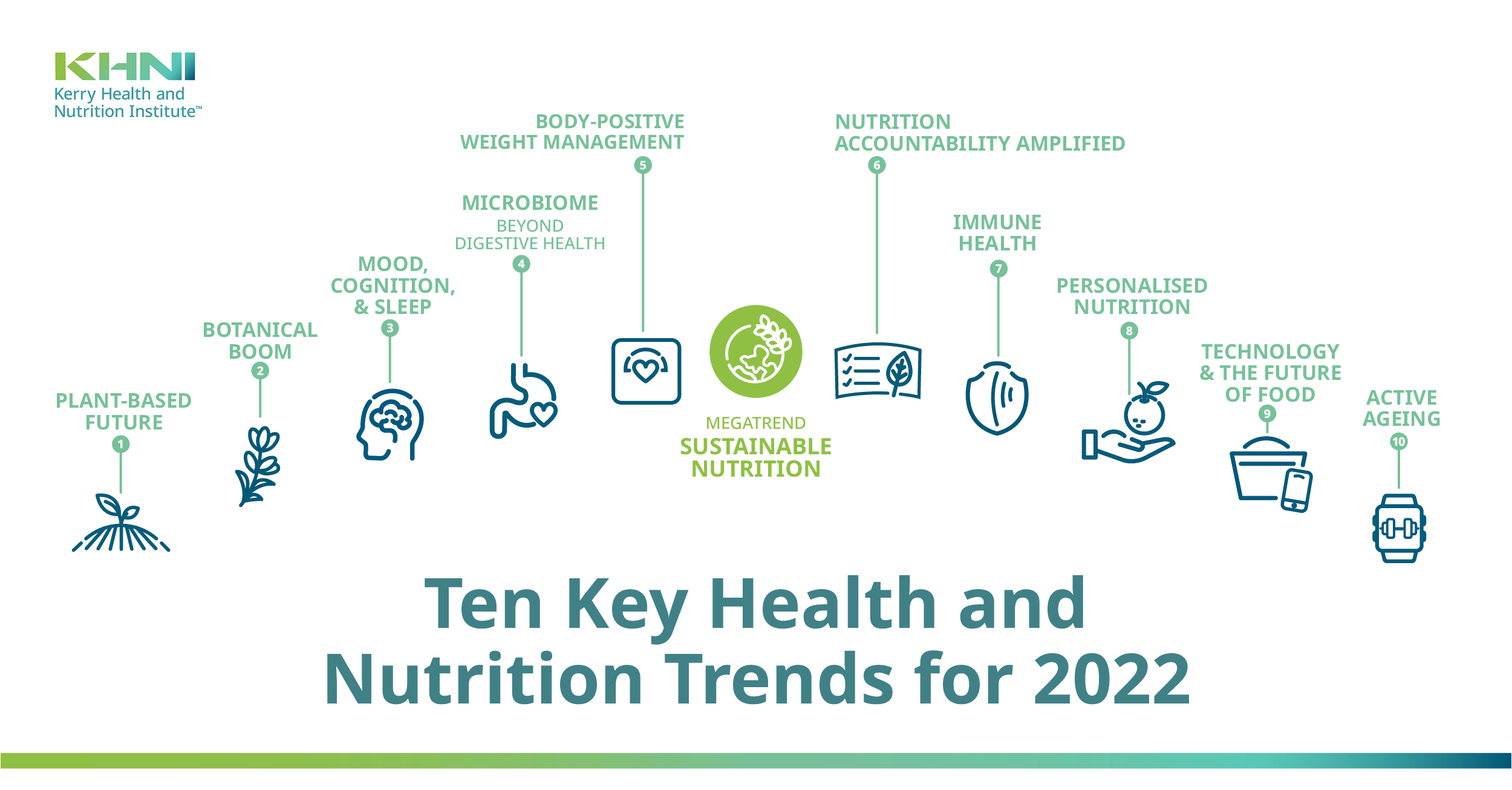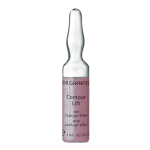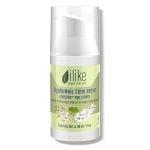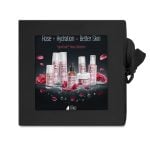

Organic Nutritional Approach to Staying Youthful
Age comes with privileges. You can stay up late, drive your car, meet someone, or even pick out your first smartphone when you are older. However, the magic of aging fades, and the reality of aging sets in.
My entire career has been in the beauty industry. I have had access to the best products, education, and information which has greatly benefited my aging journey. But, even though you may look and feel great at any age, it is still you! As my sixth decade was rapidly approaching, my thoughts turned to my grandmother. I began looking through old photos. My grandmother looked “old” at 55 and didn’t look much different until her death at age 89.
It’s time to look at the big picture. Does it make me feel or look like my grandmother at my age? No! No! I feel great and have a clean bill. I don’t take any medication. What has changed that has caused me to be so worried about the dreaded sixty? It is my skin perception, you guessed it.
Why Collagen?
I was curious about how my skin was changing and what I could do to make it better. Active organic products, SPF and occasional peels are all I use. My skin is treated both from the inside and out. It doesn’t have the firm plumpness that it used to have. I can see puffiness under my eyes and jowls near my jaw. There are also accordion lines around my chest.
What makes your skin look and feel so young? Collagen is the answer. It accounts for 75% of skin’s protein and one-third overall. Collagen is made by the body combining different amino acids and building blocks of protein from food.
Collagen Types
The majority of the 28 types collagens in the body are types I, II and III. What does each type of collagen do for skin and body aging?
Type I. About 90% of our body’s collagen is Type I collagen. Type I collagen is found in almost all tissues including bones, cartilage and tendons. It is the most abundant in skin. This collagen is made up of packed fibers that are wound into a triple-helix structure. It has amazing strength and elasticity. Collagen I begins to degrade over time. This is most evident in the skin, where you will notice fine lines, wrinkles, and loss of elasticity.
Type II collagen can be found primarily in cartilage. Although it is still a triple-helix structure, Type II collagen has looser-packed fibers. Type II is the cushioning in cartilage that supports your bones and joints.
Type III. Typ III collagen is frequently found alongside type 1. It is found in muscles, organs and arteries. It is a very common component of our skin and helps to hydrate.
Type IV. type IV collagen forms our loose supportive fascia, netting and a web-like structure. This is the layer that forms the cell’s structure. It can also be found in the skin and liver, kidneys, and other internal organs.
Type V. V collagen is required to form the keratin cells surfaces in hair and nails. It is also necessary to create the cells that make a woman’s placenta, or the baby’s life support in the womb.
Collagen Use
Collagen is essential for blood clotting and wound healing, as well as protecting the nervous system. Your lifestyle choices and time will determine how much collagen you lose. A decrease in protein levels will be exacerbated by lifestyle factors such as poor diet, smoking, excessive sun exposure, excessive sugar intake, and alcohol consumption.
The real question is how much collagen is required and which sources are best to supply the recommended daily intake. How can we ensure optimal collagen absorption?
Health authorities currently don’t have an official recommendation for daily intake. A 2019 study by the National Institute for Health found that 2.5 to 15 grams daily of hydrolyzed collapsin peptides was safe and effective. Patients who consumed 2.5g of hydrolyzed collagen peptides daily reported lower joint pain, improved skin health, and better hydration. Patients who have had scarring reported a better skin texture. Patients with scarring reported a better skin texture after taking 5 grams daily.
Collagen Sources
Hydrolyzed collagen, also known as collagen hydrolysate, is the most popular form of collagen supplement. It comes from bovine (cattle), seafood (spines, bones, and roe), chicken (chicken or eggsshells), and other animal sources. The collagen is broken down into small dried particles that can be easily absorbed and used in liquids and food.
Undenatured collagen refers to the liquid raw collagen that is derived from chicken cartilage or chicken feet. Gelatin, another common source, is usually derived mostly from bovine animals and must be prepared before consumption. While there are vegan collagen substitutes, supplements can be made from dairy, gluten and sugar free. However, true collagen is only found in animal sources. Biotin (B7) and vitamin C are also required for the body to make collagen.
Is it possible to get enough collagen through diet alone? The best foods rich in collagen include brisket and chuck. Consuming too much red meat can lead to long-term health problems. If you enjoy fish head soup, collagen can be found in the skin and bones of freshwater fish.
Bone broth is becoming a popular option. It can be found in soup aisles, or you can make it at home. This involves roasting chicken feet or organically grown bone in an oven for 40 minutes. Cover the bones with water and transfer to a slow cooker. For flavor, add onions, carrots and garlic to the slow cooker. Cover the pot with water and simmer for 24 hours. Once it is done, strain the broth into a container. The result is approximately 8 cups of bone broth with 3.8 grams collagen per cup.
Top Tips
There are many collagen products on the market right now. Some are even available to you to sell in your own salon. I tried many supplements over the years but decided to make this a part of my daily nutrition in June 2021. This is what I found to be the most effective and what I have observed over 90 days of consistent collagen supplementation.
- Seek a collagen that is all inclusive, meaning it is a combination of both animal and marine collagen.
- Make sure it is Eco-cert and comes from trusted, traceable resources with high user reviews and ratings. Credibility is paramount for optimal efficacy.
- Price point for quality is a factor. On average, you can expect to spend $1.75-$3.25 a day to add collagen to your hot/cold drinks or protein shakes. I consume mine twice daily.
- I prefer a powder form over the many flavored liquid options that require refrigeration. I chose a collagen supplement that is non-flavored, dissolves easily and travels well.
- Finally, add support supplements like a multi- vitamin and mineral sources.
Aging Gracefully
There are many opinions in the medical, beauty, and wellness industries about how to age gracefully. Nutrition is crucial to this journey. There are many books that cover nutrition, especially collagen. You can give it a shot if you’re unsure. For me, I’ll take the collagen!






